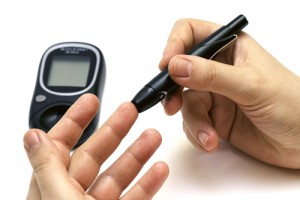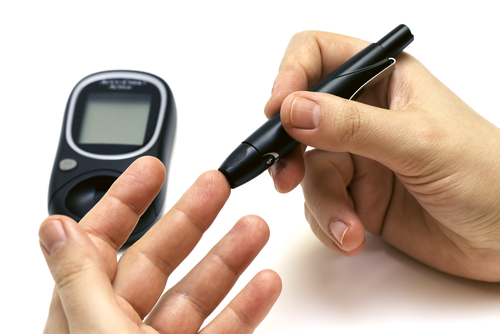 The end of patient coverage for the cost for continuous glucose monitors by Medicare at the age of 65 may be compromising the healthcare of older patients suffering from diabetes, according to the American Association of Clinical Endocrinologists (AACE). Since the organization is concerned with the health of older patients, they are organizing the AACE/ACE Consensus Conference on Glucose Monitoring, in collaboration with the American College of Endocrinology (ACE), taking place between September 28 and 30.
The end of patient coverage for the cost for continuous glucose monitors by Medicare at the age of 65 may be compromising the healthcare of older patients suffering from diabetes, according to the American Association of Clinical Endocrinologists (AACE). Since the organization is concerned with the health of older patients, they are organizing the AACE/ACE Consensus Conference on Glucose Monitoring, in collaboration with the American College of Endocrinology (ACE), taking place between September 28 and 30.
In order to discuss the concerns about the quality, safety, access, and pre-and post-marketing scrutiny of optimal glucose monitoring for both glucose strips and continuous glucose monitoring, the AACE and ACE decided to jointly organize a three-day conference designed especially for physicians, which will end with the publication of a consensus statement and recommendations to federal healthcare policy makers to be presented at the congress.
“With so many “stakeholders” involved, finding solutions to problems through consensus is not easy, but it is possible. That is the objective of the gathering of representatives from all of these groups in Washington, D.C. on September 28-30, which is being organized by the American Association of Clinical Endocrinologists (AACE) and the American College of Endocrinology (ACE),” affirmed Amy Johnson, in a statement from the American Association of Clinical Endocrinologists.
Endocrinologists, the physicians who specialize in hormones and metabolism, are the experts in the treatment of diabetes, and therefore have raised concerns about the current situation, which in turn led to the conference. The monitors are medical devices that help patients not only deal with blood sugar levels, but also medicine dosing and carbohydrate intake, both of which enable patients to control or avoid medical conditions associated with the disease, such as cardiovascular risks, kidney problems, vision issues, and even lower limb amputations.
Although Medicare provides senior coverage, it does not include the costs of the monitors, which constitute a problem not only for patients but also for physicians. As stated by AACE, many patients lacking the use of the monitor end up needing to be hospitalized due to hypoglycemia, causing even more costs to the Centers for Medicaid and Medicare (CMS), the government agency that administrates Medicare. The Centers also believe that CGMs are not qualified as Durable Medical Equipment (DME).
“The FDA regulates blood glucose monitors and testing strips that are currently on the market. Devices that are approved after initial manufacturer testing may not maintain the accuracy levels in post-market use. Inaccurate results from faulty diabetes testing supplies can lead to incorrect insulin dosing and increased hypoglycemic events,” noted Amy Johnson, from the American Association of Clinical Endocrinologists.


